vivo X5Pro review — selfie phone
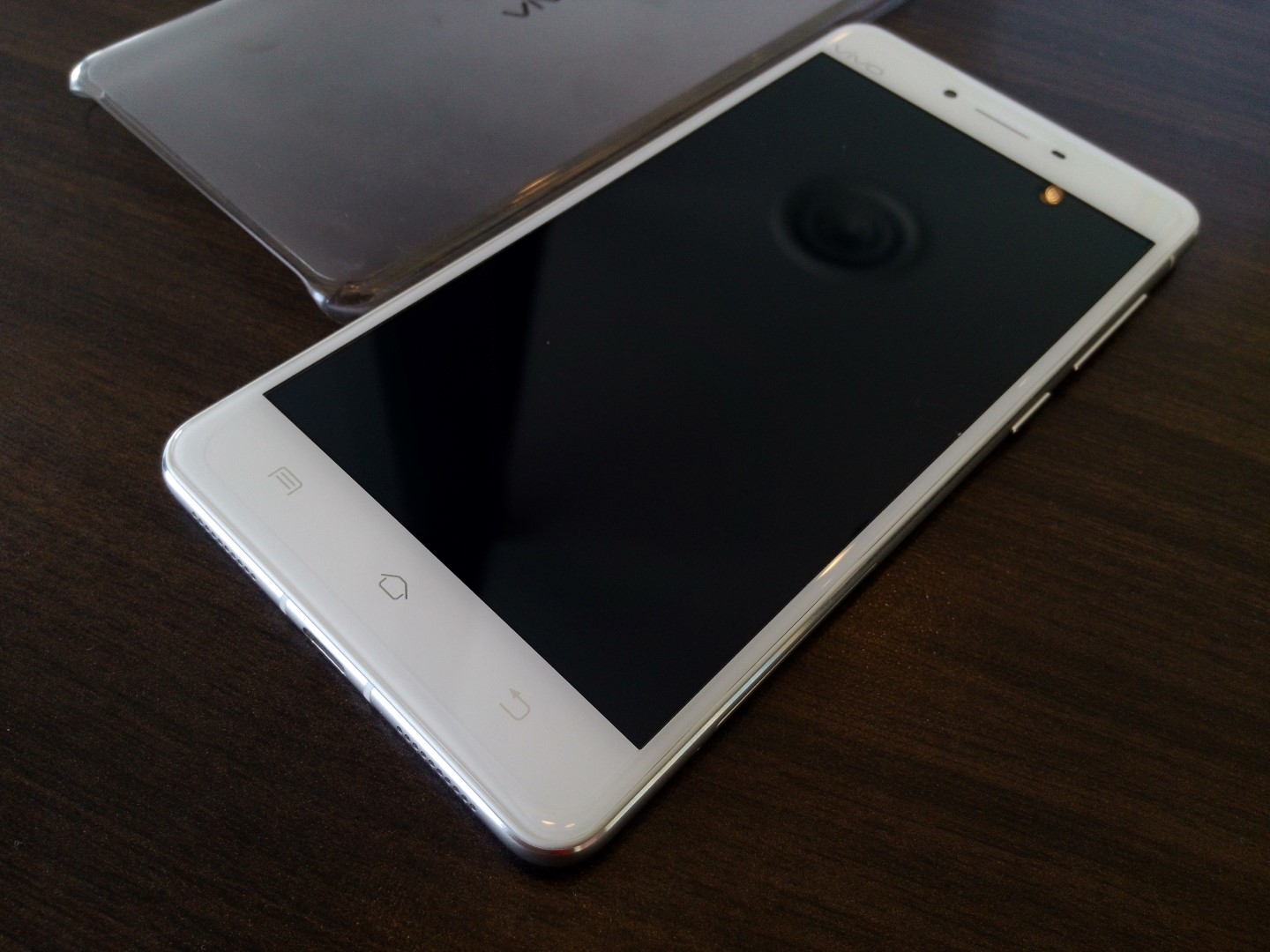
+ Sleek design
+ Good battery life
+ Tonnes of gesture controls
+ Customizable UI
+ Superb audio quality
+ Manual controls for both stills and videos
+ High quality 1080p AMOLED display
- Phone heats up easily
- Slow charging
- Camera software needs some tweaking
- High ISO range but loses all detail
- No 4K video recording
Selfies are quite the craze right now, and smartphone manufacturers are all releasing their products with better and better front cameras. This narcissistic habit is just too easy to profit from with teenagers having greater and greater buying power (yours truly is excluded), with manufacturers releasing software gimmicks to make you look prettier, younger and more. Today we have in our hands a vivo X5Pro, a selfie phone that sports an 8 megapixel front camera — yes, 8 freaking megapixels, that’s the resolution of my old One X’s rear camera. Oh how time has flown. Anyway, we are going to test whether the vivo X5Pro can do more than just selfies.
Unboxing
Just look at that box. Screaming premium right at you. Just a simple logo on the sides and a the name of the model on top. Simple and classy. I am liking it already. So scroll through the photos to get a better look at the phone.
The entire packaging is very well thought out, with each item tucked into it’s own little spot.The phone is accessible as soon as you open the box. It’s wrapped in a soft frosted plastic wrapper with a tab to allow you to take it out from the tray easily. Lift up the tray that holds the phone, and a box containing an ultra-thin clear hard case, SIM tray ejector pin and some documentation is found. Take it out and you find the charger, microUSB cable and a pair of XE600i earphones. Charger is a regular 2A one, no fast charging here.
Appearance
Glass panels on both front and back with a metal frame sandwiched between, quite common. We have seen this basic design used over and over again by various manufacturers. It is one of my favorite design themes though. The combination of the fragility of glass and the toughness of metal. Good combination. Oh but the X5Pro’s glass panels are all but fragile, they are Corning Gorilla Glass sheets for scratch resistance and overall durability. The metal frame is also made up of a stainless steel and aluminium alloy for strength and a honeycomb anodizing process to prevent scratches. vivo has paid a lot of attention to the design and it shows.
The phone has the power button, volume keys and the SIM cum microSD tray slot all on the right side of the phone. The left side is left bare. On the bottom end you can see the loudspeaker grille. The grille on the right in the photo is the speaker. The one on the left is mainly just there for symmetry and houses the microphone. I am giving vivo two thumbs up for having the speaker on the bottom edge. I just can’t understand why can’t the other manufacturers do the same more often. Speakers on the back are just bad ergonomics as you have to place the phone screen down to hear anything properly. A standard microUSB 2.0 port sits in between the grilles. The top end has a lone 3.5mm jack.
Overall, the design is just perfect to me. I really like symmetrical shapes and vivo has done a good job with the X5Pro. Oh, and I did my fair share of trying to bend this phone, and it didn’t even flex.
Specifications
- Qualcomm Snapdragon 615 64-bit octa-core (4x A53 @ 1.5 GHz and 4x A53 @ 1.11 GHz)
- 2GB RAM
- 5.2″ 1080p Full HD Super AMOLED display
- 16GB internal (expandable with microSD up to 128GB)
- Camera: 13MP f/2.0 main, 8MP f/2.4 front
- Funtouch OS based on Lollipop 5.0
- Dual-SIM capability (SIM2 slot accepts nanoSIM and uses the microSD slot)
- 2450 mAh battery
Performance
The Snapdragon 615 octa-core under the glass 2.5D glass panels do a decent job but doesn’t top benchmark charts. It scores a rather average score of 30782 in 64-bit mode and 29482 in 32-bit mode. In Quadrant it scores 11021.
Asphalt 8 was fluid on medium graphics, but when set to high, the Adreno 405 just isn’t pushing them pixels fast enough. The area near the camera can get quite hot to the touch after gaming or benchmarks. Even light usage like Whatsapp or Facebook is enough to make it feel warm. Heating up also results in lower benchmark scores.
Battery life is pretty good, lasting me for quite sometime before dying out. With 21 hours 53 minutes away from the charger, and 3 hours 49 minutes on-screen time, I think those are pretty good figures. But a thing with the battery is it charges very slowly.
User Experience
The 6.4 mm body has just the right amount of weight to it, just enough to make it feel stable in your grip. The power button is placed just right under my thumb if I hold it with my right hand, or under my index finger if I grip it with my left hand. The hardware buttons are tactile with just the right amount of resistance to prevent you from accidentally pressing it in your pocket or while holding it.
The size of the phone is quite acceptable for my big hands, but may be a problem to the selfie-loving female demographic. The capacitive keys are not backlit. It won’t affect you if you have used the phone for more than a few hours, but it is a little annoying being unable to see the keys in the dark when you haven’t gotten used to the key arrangement.
While the speaker on the bottom is a very logical place with the phone on the table or in your hand in portrait mode, it can be a nuisance when gaming or generally doing anything with the phone in landscape. If you hold it with two hands, you are bound to muffle the speakers unless you hold it unnaturally.
Moving on, let’s talk about the user interface. vivo runs Funtouch OS based on Android 5.0 on the vivo X5Pro, and it’s really customized quite thoroughly. The UI and a lot of built-in apps are quite similar to their iOS counterparts. As I have never used an iOS device, I found it difficult to adapt to the interface. For example, the quick settings usually found by pulling down the notification bar, is accessed by sliding up from the bottom edge of the screen. There is also no multitasking button nor an conventional recent apps screen. All you get is a row of recently used apps. Chrome which just recently was updated to use separate cards in the recent apps page for each tab, will not work with Funtouch OS. You will have to turn off the option “Merge tabs and apps” just so that you can use multiple tabs on Chrome. . The rest of the baked-in apps also bear an uncanny resemblance to their iOS counterpart. Just go through the gallery to see what I mean.
The settings of this phone is also heavily customized. The most glaring omission from the Settings is Battery. It’s hidden in the iManager app under Power Manager. And in the Power manager tab you have to select Rank before you can access those information. Inside the Power Manager tab there is also a Extreme Performance option. Selecting it will activate all cores and will shorten your battery life but it manages to score around 2000-3000 more points in Antutu benchmark. Needless to say the phone also gets warmer in that mode, so it isn’t something I recommend using all the time.
There are lots of gesture controls too. You can also add your own lockscreen gesture to open any app of your choosing. I like the fact that vivo has included animations of the built-in gestures to guide you. You can also customize your phone with themes to change the look of your phone. A number of themes are available to download and apply immediately. It doesn’t seem to be able to apply custom icon packs that you can get from the Play Store, but you can always use a custom launcher if you can’t live without that particular icon pack.
Next, we look at the Extreme Hi-Fi part of the phone. The music player interface is neat. It supports FLAC, WMA, MP3 and M4A files. But for a phone that claims to have extreme hi-fi, it’s curiously unable to read the metadata on FLAC and WMA files. When you connect a pair of earphones, you can go into audio effects in the app’s settings and tune the BBE mode. There are 6 presets for popular earphones like the Sennheiser CX215 and CX300II. You can also set it to only add audio files longer than 60 seconds or specific folders to the library. Very good to prevent the library from filling up with ringtones you downloaded.
I like that vivo has allowed you to tune the audio output to your own tastes. I used my Pistons 2.1 to test the audio output, and it’s really good. Just tune up the BBE Process and turn down the Lo Contour as well as the Mach 3 settings, and the sound quality is pretty phenomenal. I would agree with the Extreme Hi-Fi tagline if they had actual parametric curves for you to tune, but from an average consumer’s standpoint, this is way more interesting than adjusting a curve. Audio quality is faultless here. Even the integrated speakers do a pretty good job of belting out tunes.
The camera starts up rather slowly. It can take up to a second to be ready. In this age where everything has to be instant, this is just unacceptable. The slow startup had me staring at a black screen before it was ready. The interface is pretty simple with a huge white virtual shutter key. Swipe the key to the left and you get manual controls or Professional mode. The manual controls look very much like Nokia’s implementation, which is a good thing. The video mode of the X5Pro also has manual controls for the focus distance and exposure compensation. Sadly, however, there is no 4K recording support. This is a chipset limitation though.
In general, the quality of the photos produced by the camera is quite good. The camera often automatically chooses a higher ISO than necessary though, which results in smudging of the finer details. The camera is also capable of climbing up to a very lofty ISO 3190 in auto or night mode, with night mode allowing shutter speeds of 1/7 as compared to 1/15 in auto. A lot detail is lost at the higher ISOs in low-light conditions Regarding the front camera, it performs very well in good lighting conditions, with quality dropping under dimmer lighting. You can see the photos later in full resolution on Flickr. I will also upload more photos when I take them.
The 5.2″ full HD SuperAMOLED display has bright punchy colors, and excellent viewing angles as you can see in the slideshow above. The high pixel density overcomes the problems of having a non-RGB subpixel arrangement, and all you see is a good display with great colors. The subpixels are arranged in a diamond-shaped pattern in this AMOLED display and is visible under a camera, but is totally flawless to the naked eye.
There is a slight flaw in the experience. The English used is rather poor. Some of the descriptions like it will make phone body heat just don’t deserve to be in a phone of this caliber. It doesn’t really affect the general usage of this phone but it’s there and it’s annoying. This issue can easily be fixed via a software update but at the time of writing, these translation errors are downright annoying.
Conclusion
The vivo X5Pro is a pretty good phone except for some heating issues plaguing all Snapdragon 615 devices. It has a combination of sleek design, great build quality, excellent audio output, beautiful display and a good camera. The asking price? RM1599. A little steep for the performance figures and features to me. If vivo solves the overheating issues and weak-ish performance with a better processor, and fit it into this very body, it could very well be a winner. But right now, it’s hard to recommend this phone unless you put aesthetics above all else. With that, I will award it a Bronze award.














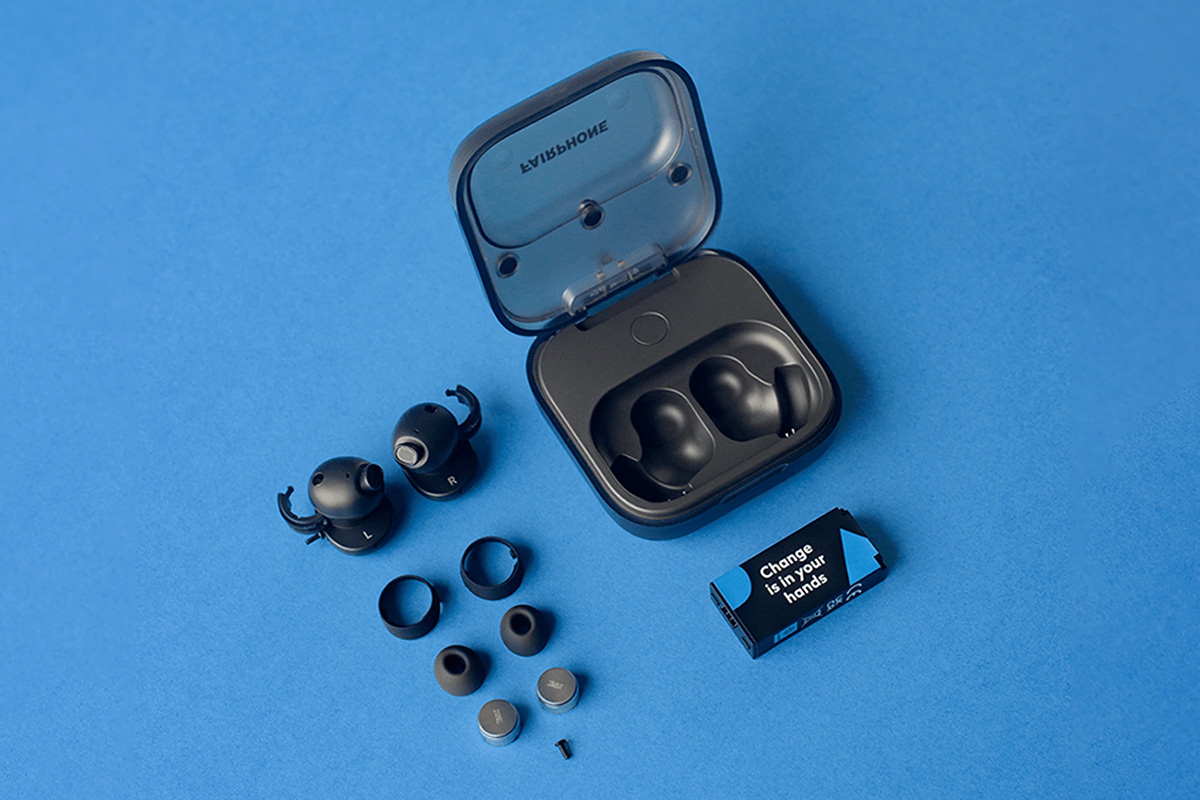
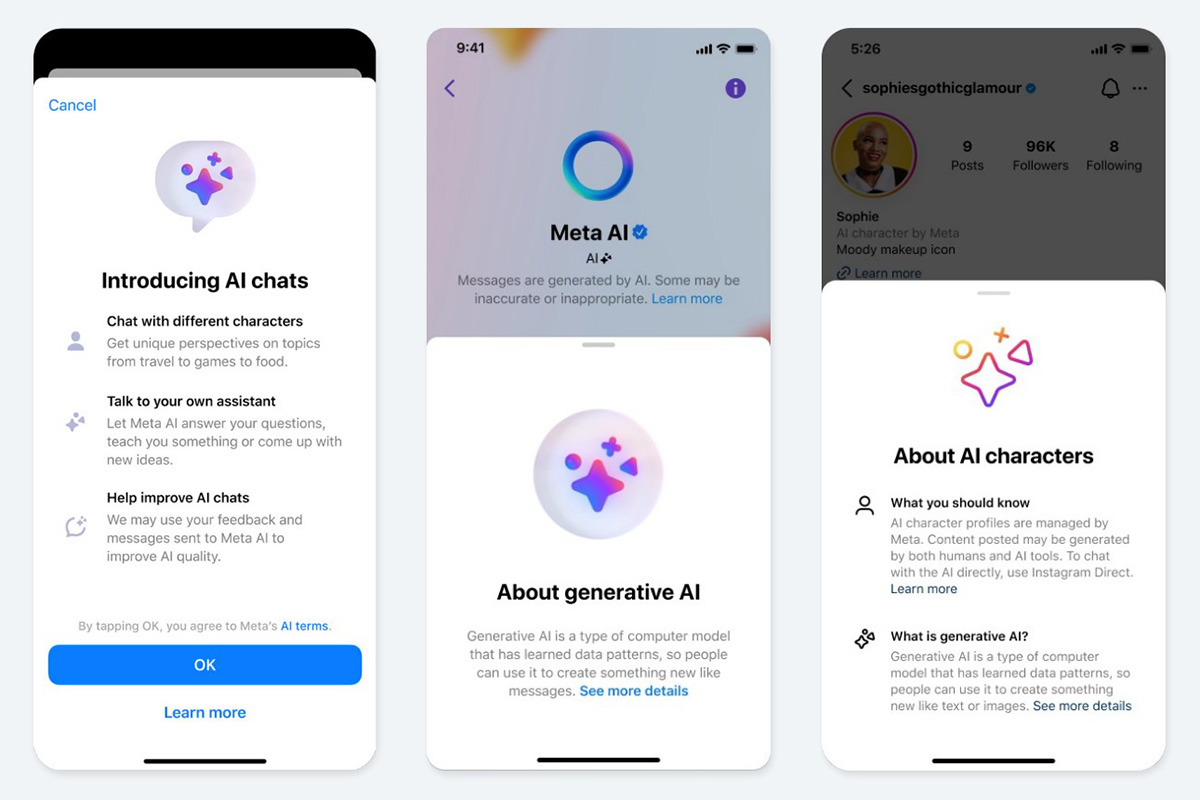
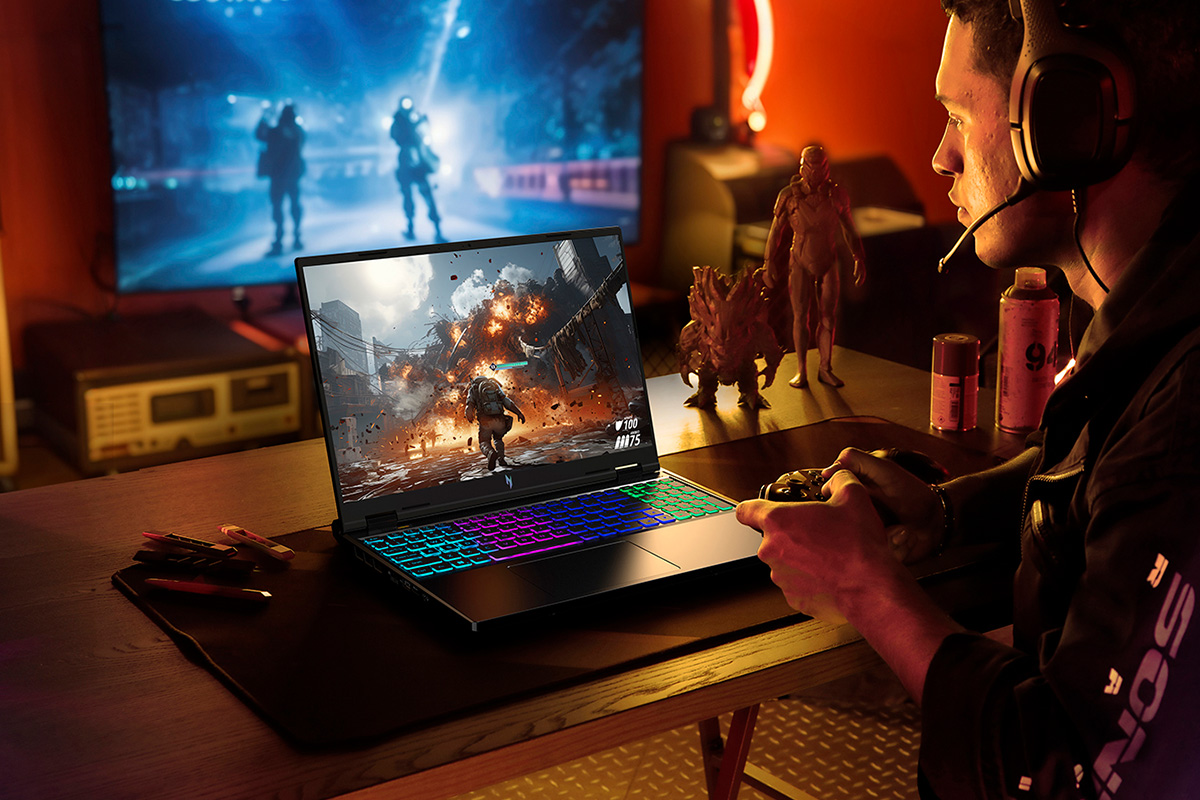
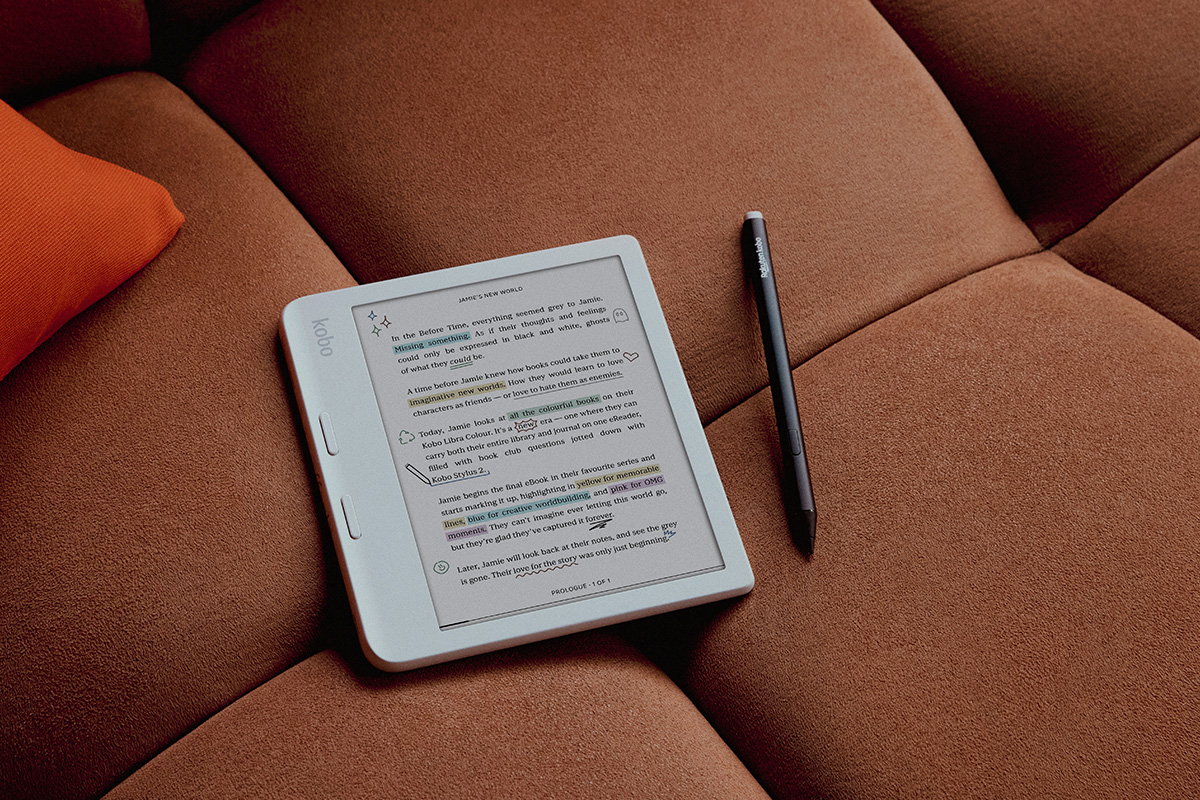






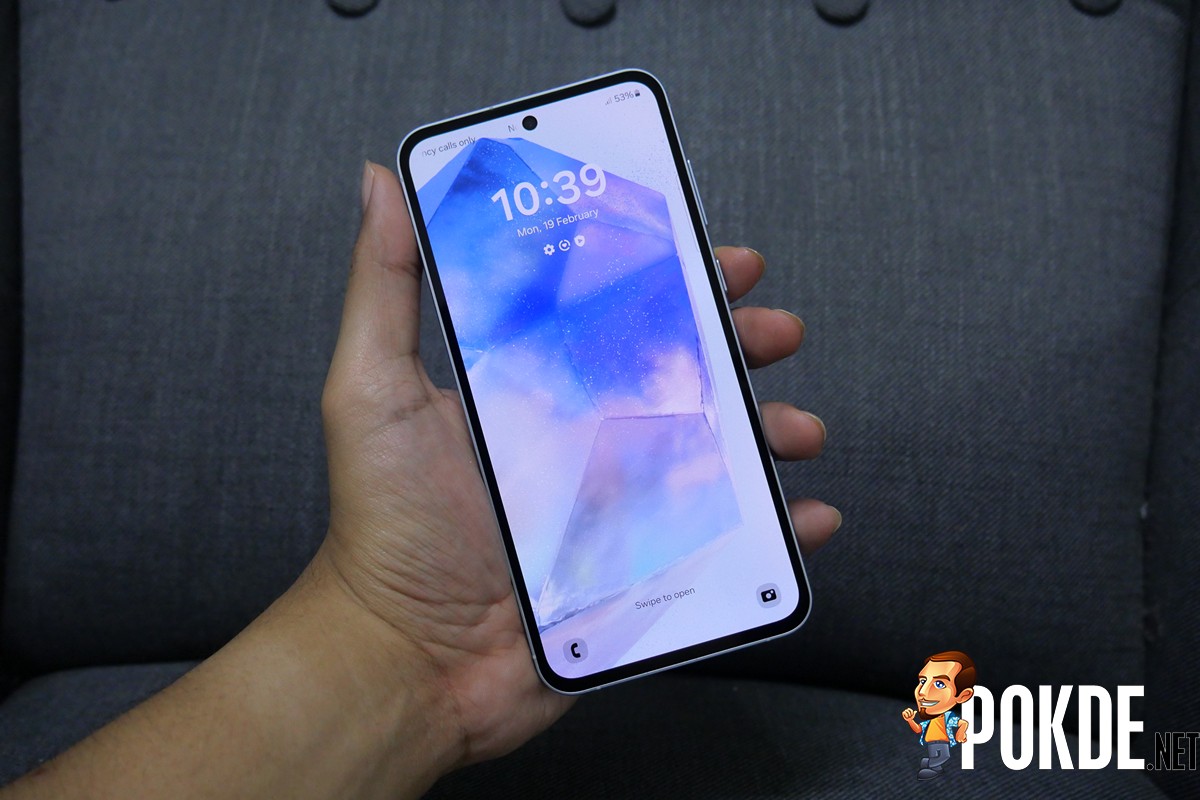
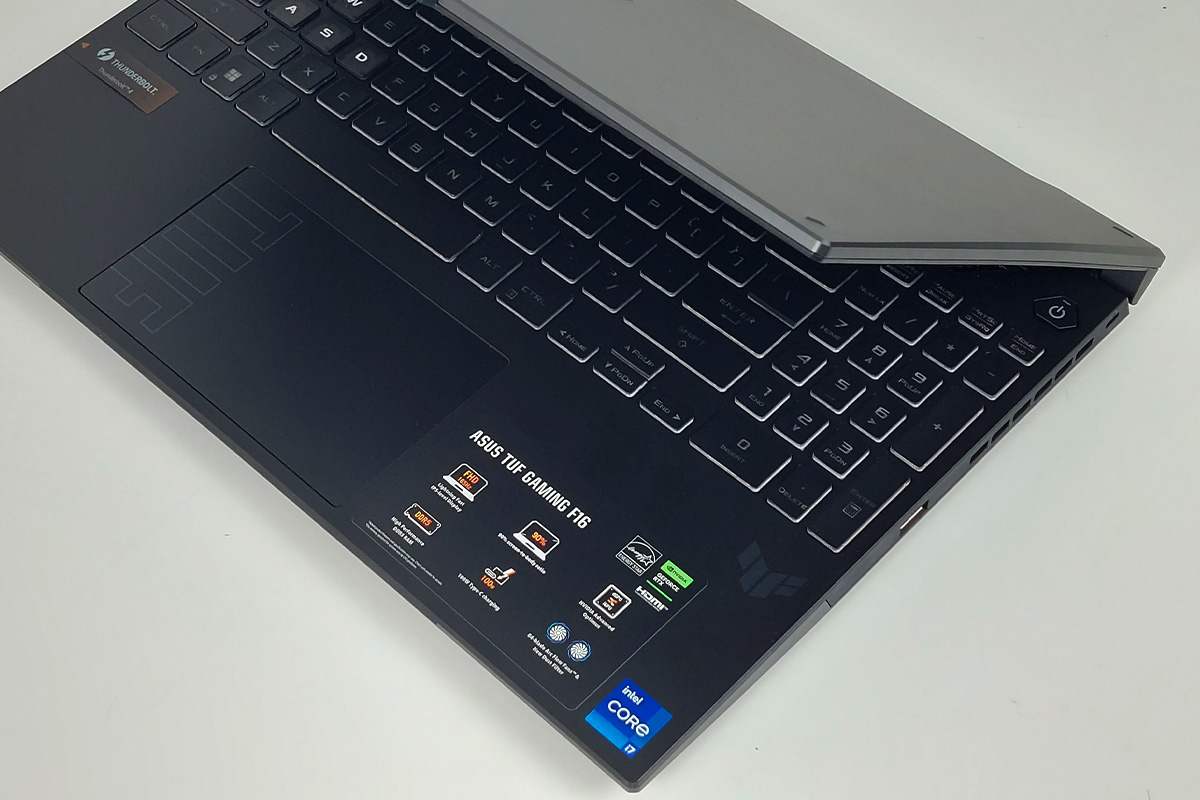
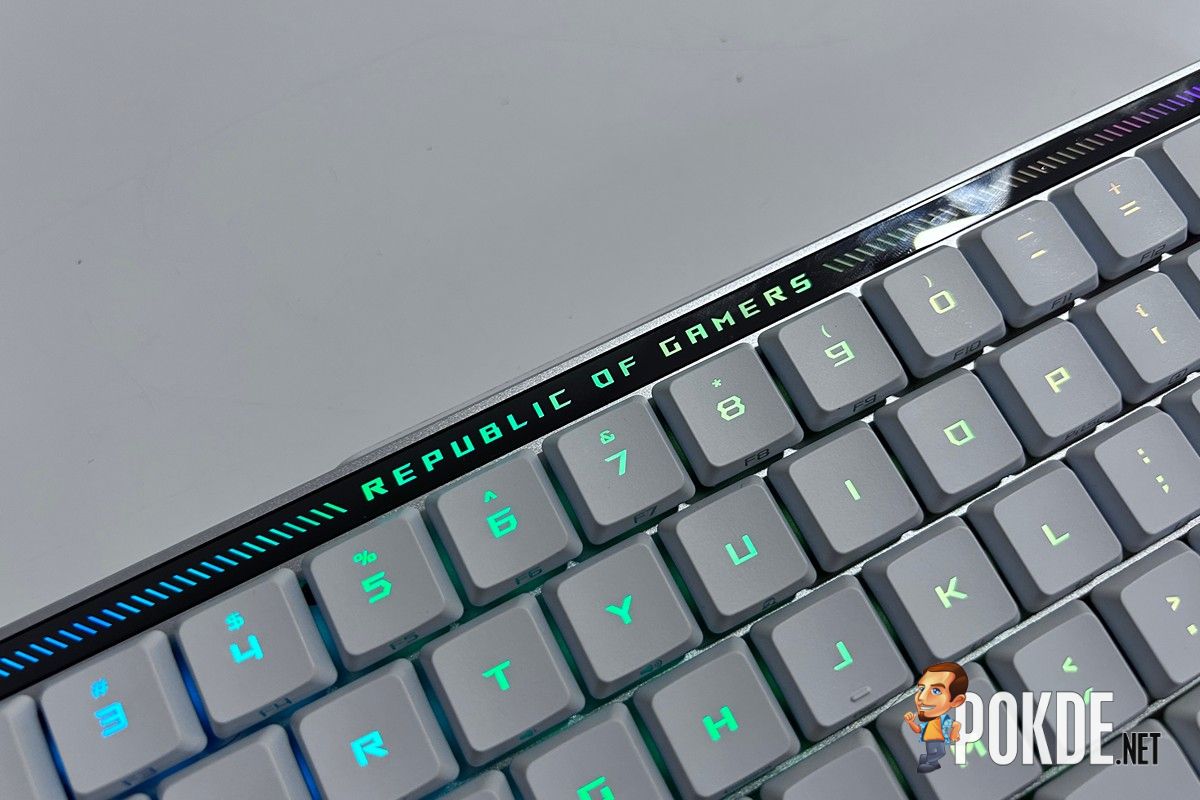












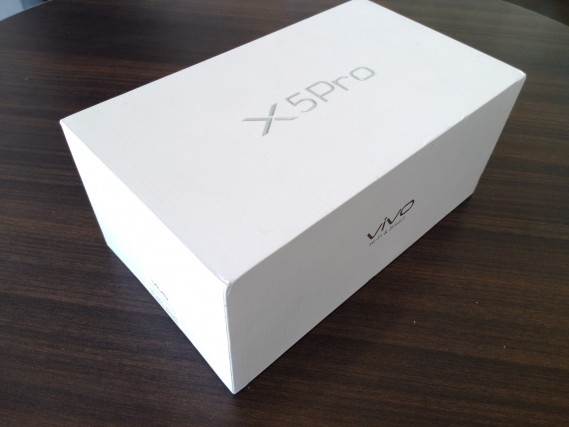
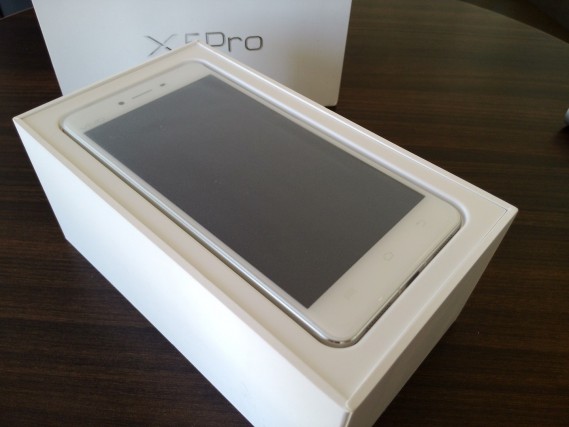
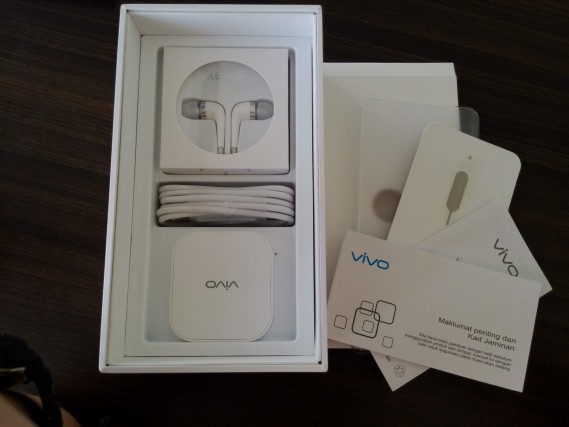
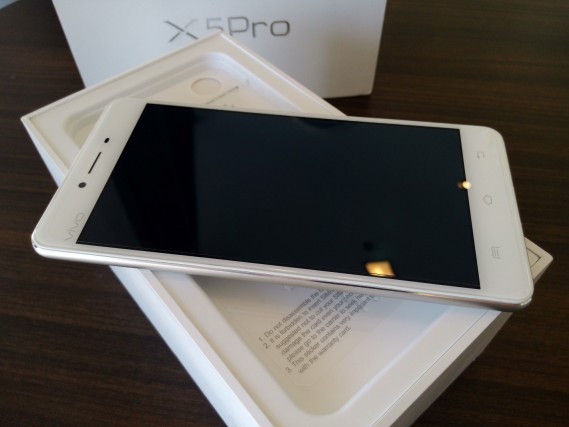
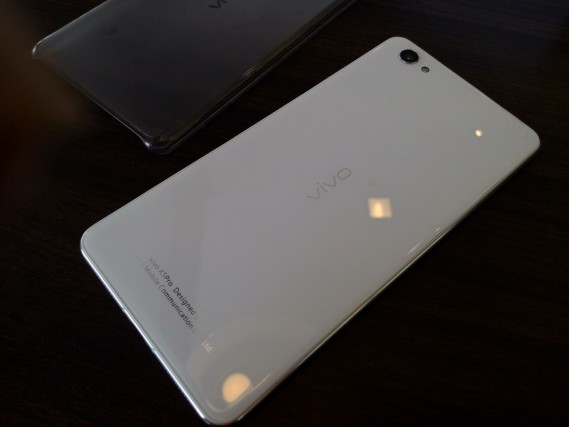
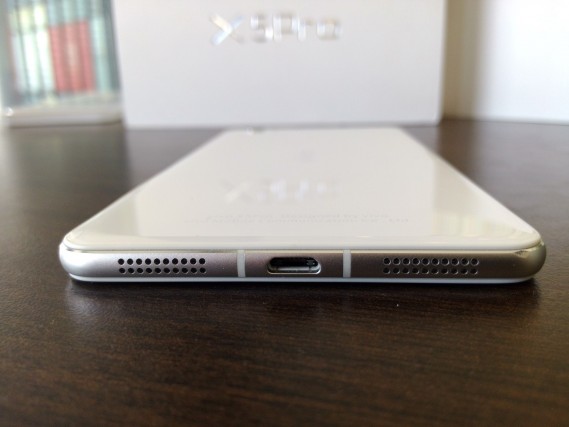
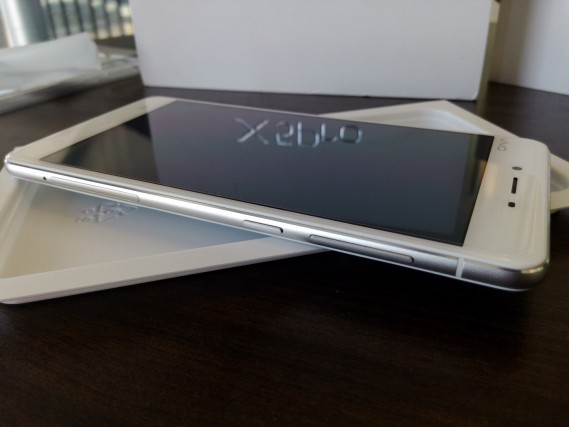
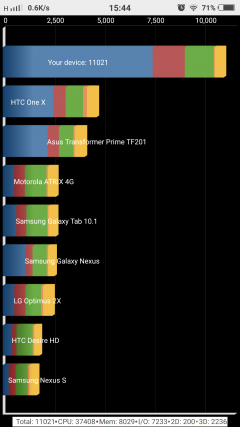
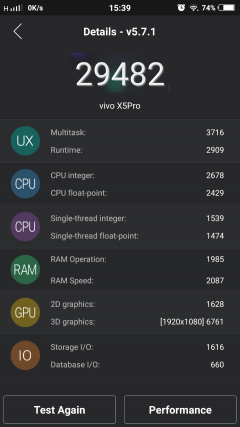
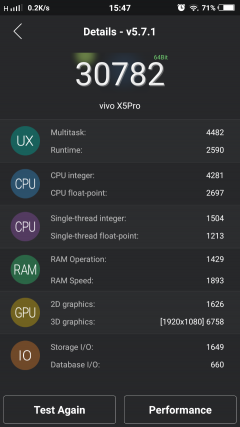

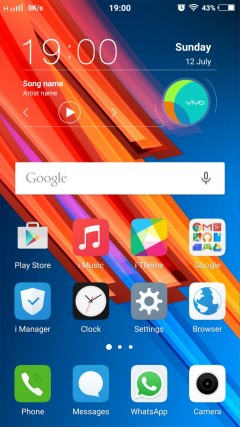

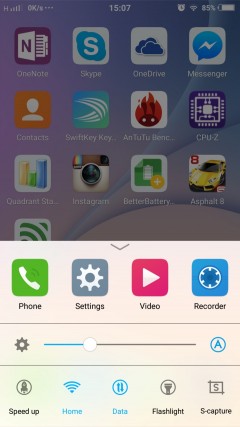

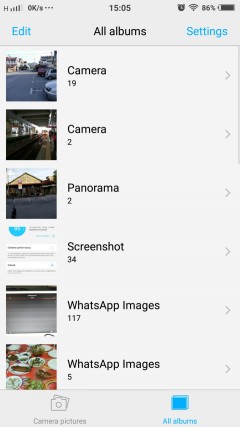

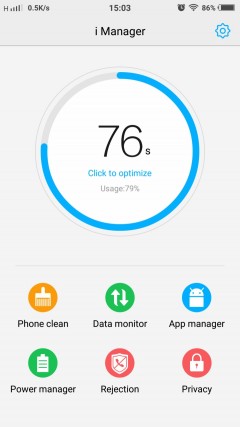
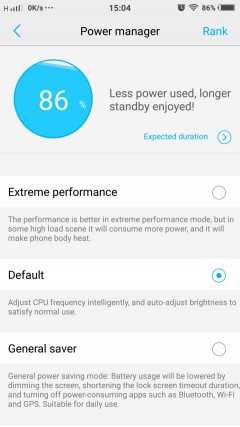
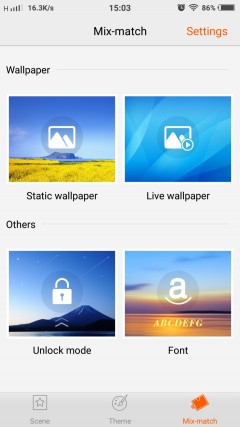
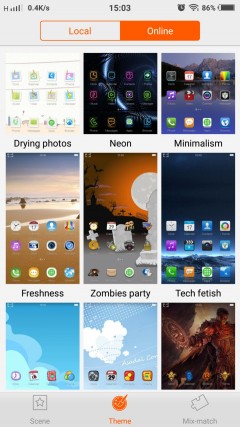
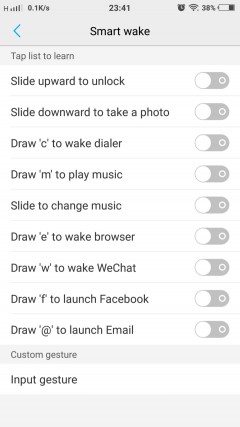
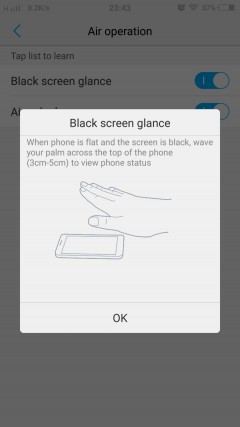


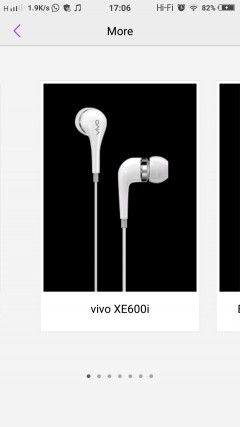
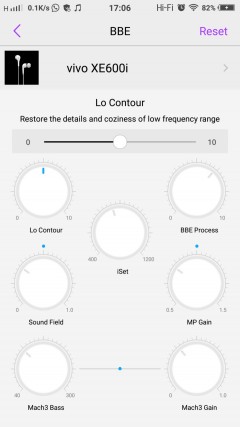
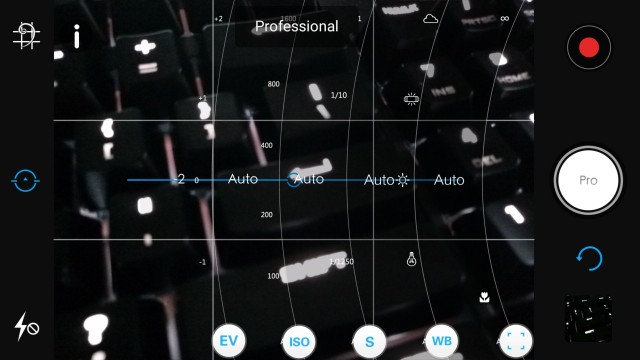
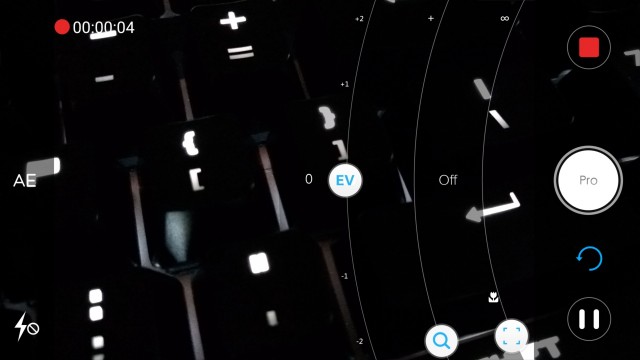
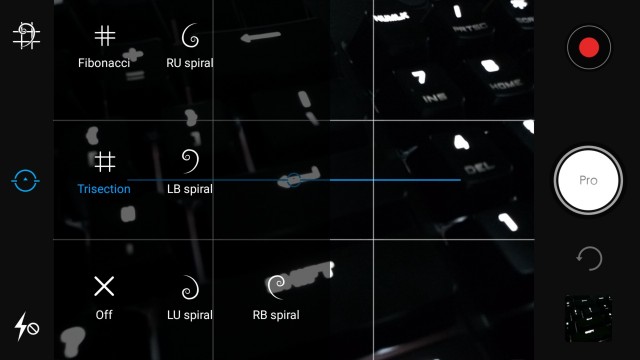
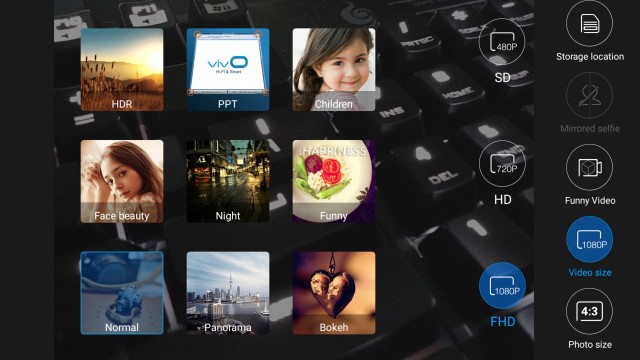
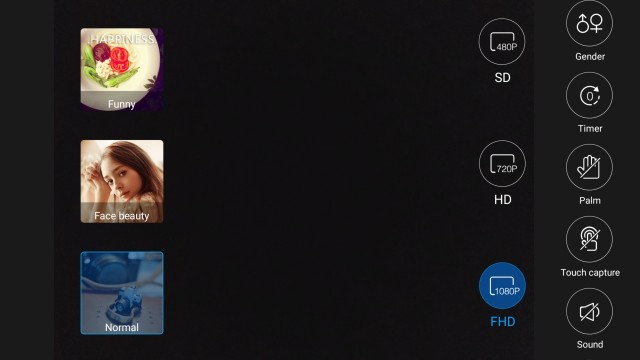









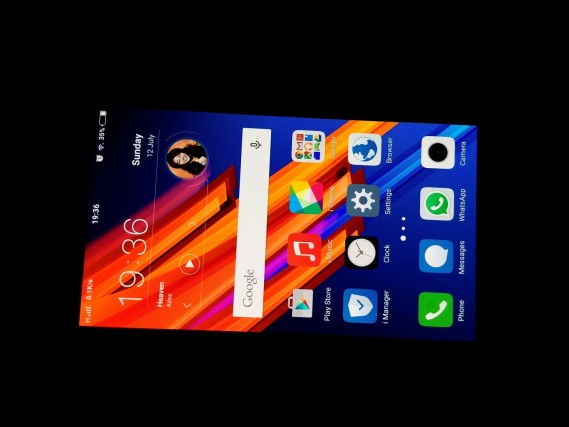
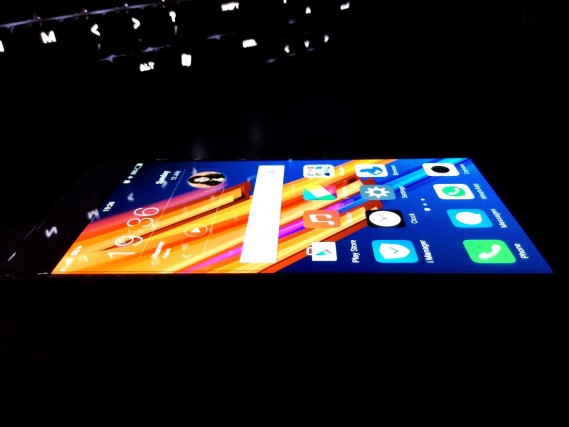
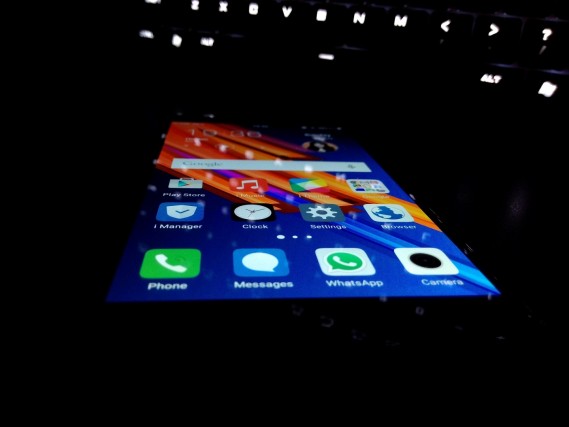


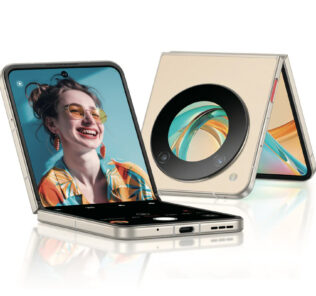


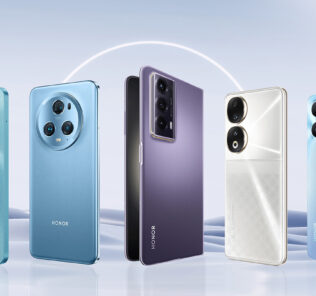



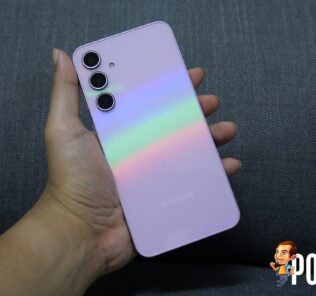
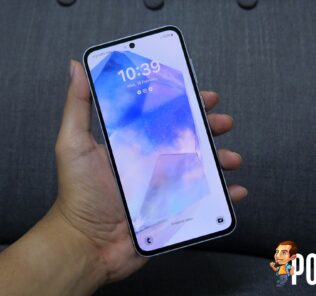
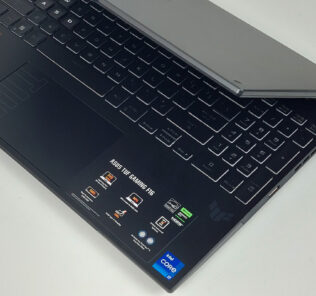

Leave a Response